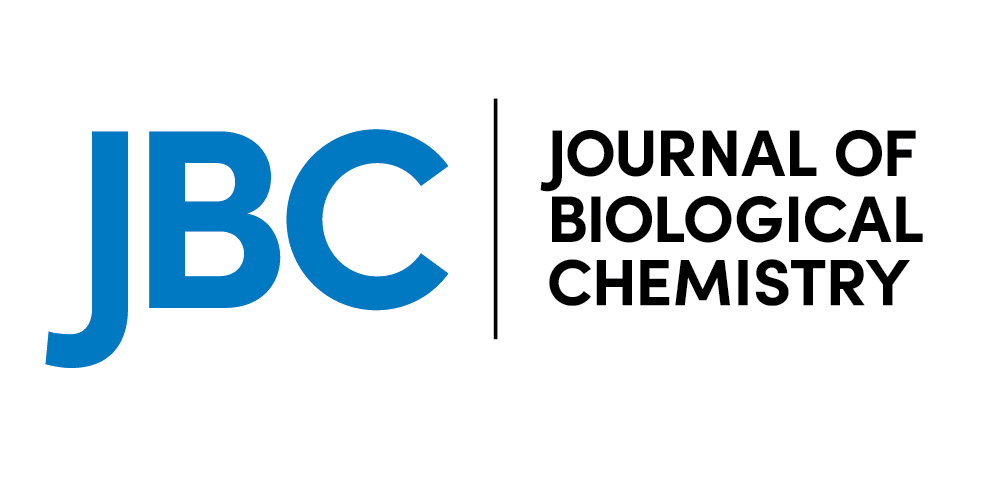
Hexokinase (HK) catalyzes the first step in glucose metabolism, making it an exciting target for the inhibition of tumor initiation and progression due to their elevated glucose metabolism. The upregulation of hexokinase-2 (HK2) in many cancers and its limited expression in normal tissues makes it a particularly attractive target for the selective inhibition of cancer growth and the eradication of tumors w ith limited side effects. The design of such safe and effective anticancer therapeutics requires the development of HK2-specific inhibitors that will not interfere with other HK isozymes. As HK2 is unique among HKs in having a catalytically active N-terminal domain (NTD), we have focused our attention on this region. We previously found that NTD activity is affected by the size of the linker helix-α13 that connects the N- and C-terminal domains of HK2. Three non-active site residues (D447, S449, and K451) at the beginning of the linker helix-α13 have been found to regulate the NTD activity of HK2. Mutation of these residues led to increased dynamics, as shown via hydrogen-deuterium exchange analysis and molecular dynamic simulations. D447A contributed the most to the enhanced dynamics of the NTD, with reduced calorimetric enthalpy of HK2. Similar residues exist in the C-terminal domain (CTD) but are unnecessary for HK1 and HK2 activity. Thus, we postulate these residues serve as a regulatory site for HK2, and may provide new directions for the design of anticancer therapeutics that reduce the rate of glycolysis in cancer through specific inhibition of HK2.
Δεν υπάρχουν σχόλια:
Δημοσίευση σχολίου
Σημείωση: Μόνο ένα μέλος αυτού του ιστολογίου μπορεί να αναρτήσει σχόλιο.